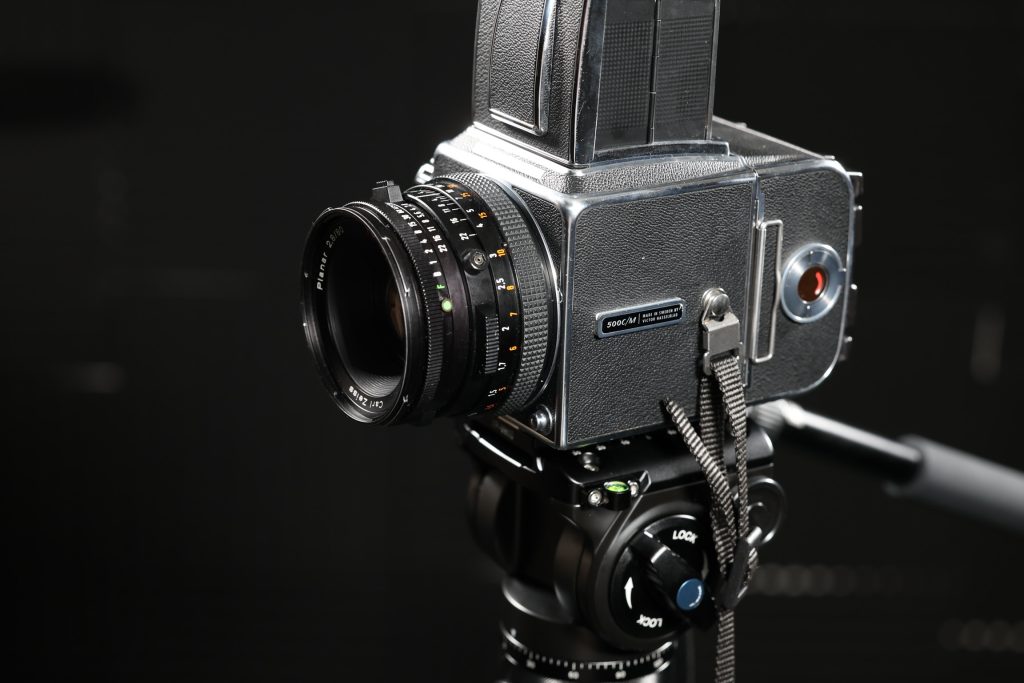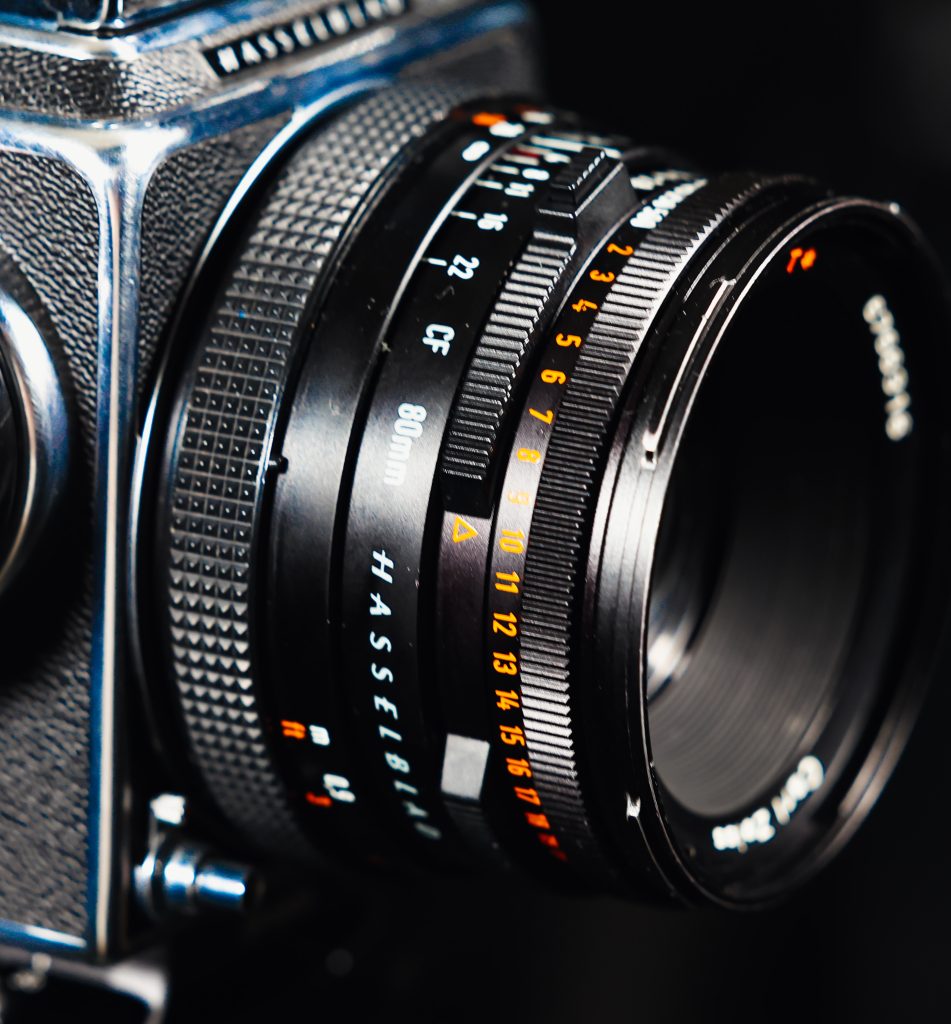Recently I have been sucked back into the world of film. One of our content creators was given a 35mm Minolta by her father and had been doing alot of 35m film content for our socials. About the same time as this happened we popped into a local antique shop and ended up buying an Agfa 120mm medium format bellows camera. We had so much fun with this we rapidly migrated to a Mamiya 645, and then, within a week, to a Hasselblad 503 CM. Now, we paid just shy of £3,000 for this from Camera World (who promptly delivered it the next day with no issues) I had loved the Mamiya, but was not prepared for the engineering work of art that was the Hasselblad. Now, our Hasselblad was more expensive than most of this class because it was actually a prototype 503CX. These started rolling out in small numbers prior to the full 503CX launch which means we had a very rare camera and the best of the 503CM and 503CX worlds

Everything about this camera is perfectly refined, the shutter action alone is the most satisfying shutter i have ever used in my life (You can listen to it here if you’re into camera porn) If you’ve never used a film camera before, it’s worth it just to use a real shutter.
Loading the film is a relatively simple affair and just involves taking the back off the camera, sliding out the cassette and spooling the film on (as an engineer i love this whole process, it’s far more satisfying than sliding a memory card in and out!) Knowing that the back could be removed, i actually thought we could do something that i believe has never been done before. We placed a Godox AD600 flash in front of the camera point into the lens, removed the back from the camera and placed a high speed camera pointing through the camera in place of the film, We then triggered the camera and recorded the action at 16,000 frames per second. The results was very impressive! (have a look here and you can watch the whole process)
Down to the nitty gritty of actually taking photos: I had obviously never used one of these cameras before (being the grand old age of 5 when it came out) but the basics were straight forward and the for subtle nuances i found via Youtbube. One problem i did have, which made taking pictures a real pain in the proverbial, is that the lens has a depth of field preview switch on it. After setting your camera settings (which are all on the lens) you can press the depth of field switch and it closes the iris to the F stop setting that you have set. But, could i find a way of releasing it? No i could not, well, not until i had gone through 2 reels of film anyway. (You have to ever so carefully hold in the opposite side of the switch and it releases the aperture)

We took the camera out around Salisbury cathedral and once you have got used to the image waist level view finder moving in the opposite direction to what you expect (which does take a while to get used too!) taking photos was a breeze. The only real problems with this camera is the requirement for a separate light meter, which when you’re used to using basically any modern camera and it tells you what you need to know, can be a bit of a pain. On the other hand, the ability to only take 12 pictures, the sheer pure mechanical nature of the camera, and the requirement to really think about, compose and setup the camera to take that one shot really has made me fall in love with it. I plan on using it considerably for portrait, architecture and studio work over my digital camera when i can. It has also inspired me to invest in a darkroom so we can also develop our own film (given that each photo works out at roughly £5 each once developed and printed so keep an eye out for that as ClickASnap users will be able to use this free if they are Dorset based)
If you would like to see the album of images i took you can see them here. If you want to know more, please just comment below and i will address them when i can